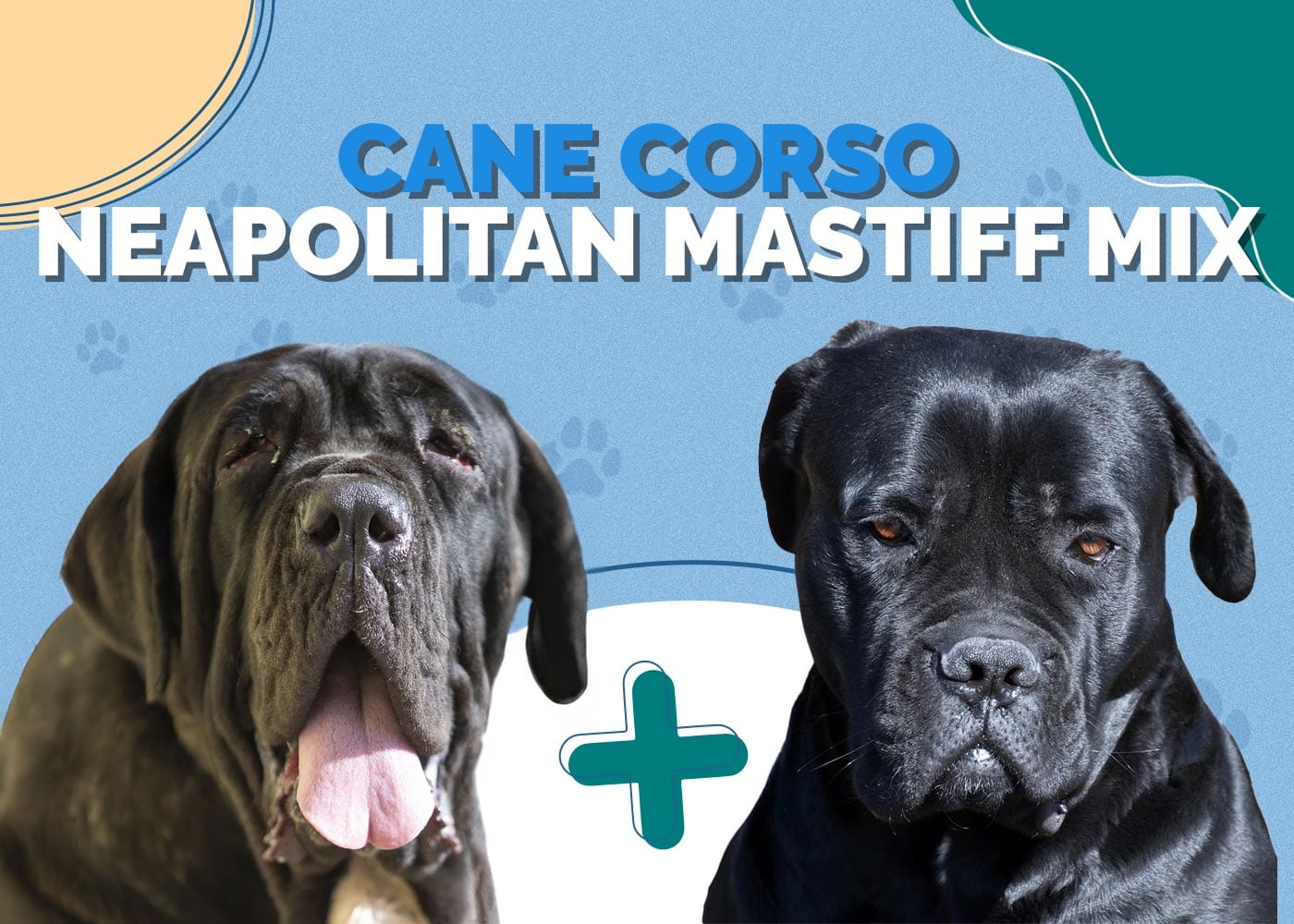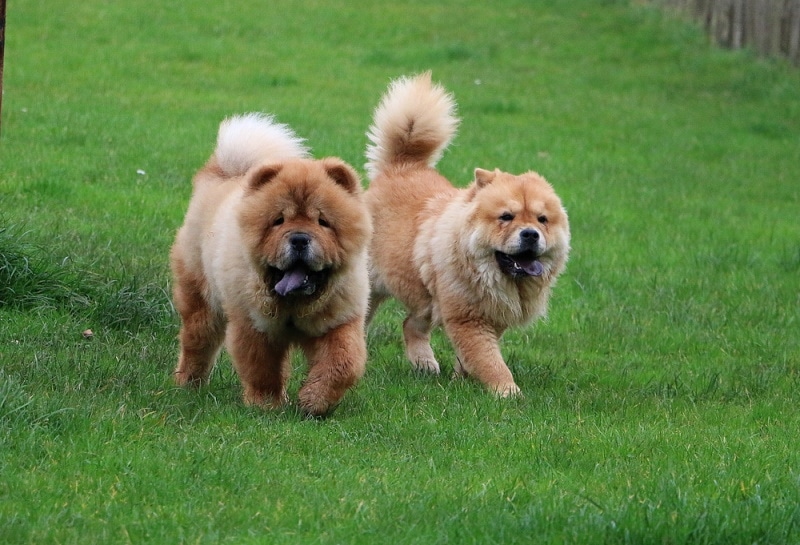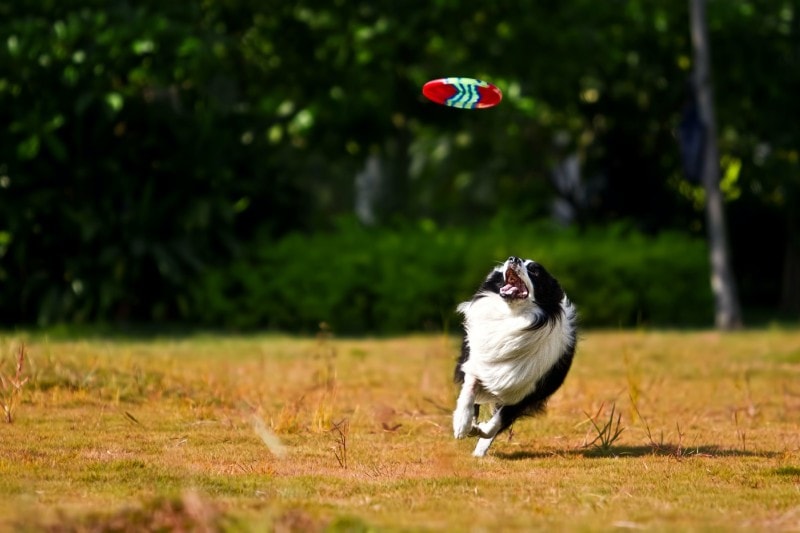Are Australian Shepherds Good for First Time Owners? Care Tips & FAQ
Updated on
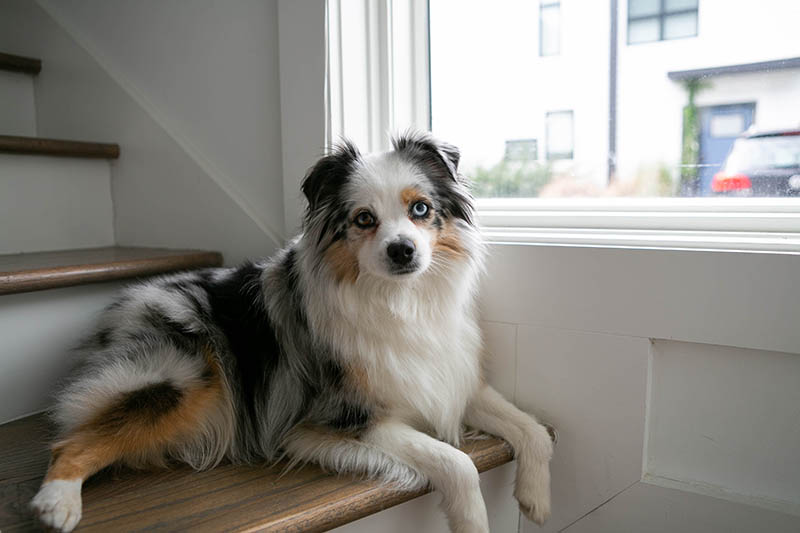
Click to Skip Ahead
The Australian Shepherd is a stunning dog breed that can easily attract someone in search of the perfect dog. Not only are they beautiful, but they are highly intelligent and athletic. When a first-time dog owner is weighing their options and trying to choose the right breed, it’s important to know which ones are most recommended for novice owners.
The Aussie isn’t going to be an ideal breed for a first-time dog owner because their intense energy levels coupled with their brain power could be a bit challenging to someone that is not familiar with the challenges of dog training. We aren’t saying that they are off-limits to first-time owners, but one must be prepared to put in a lot of time, energy, and work.
The Australian Shepherd
| Height: | 18 to 23 inches |
| Weight: | 40 to 65 pounds |
| Lifespan: | 12 to 15 years |
| Temperament: | Lively, outgoing, playful, active, willful, friendly |
| Breed Group: | Herding |
History of the Breed
Australian Shepherds do not originate in Australia as their name suggests, but were developed in California during the 19th century. They are descended from herding dogs that were imported alongside sheep into the United States from both Australia and New Zealand.
The breed quickly spread throughout the western United States because of how helpful they were for ranchers needing a top-of-the-line herding dog to keep their livestock in check.
They were not a well-known breed outside of the livestock industry until the mid-20th century when they were introduced during a rodeo by a man named Jay Lister. They awed the crowds by performing incredible tricks and entertaining rodeo fans as they traveled throughout the country.
The Australian Shepherd Club of America or ASCA was formed in 1957 to represent the breed but they didn’t receive formal recognition until 1979 when the United Kennel Club of the UK officially recognized the breed. The American Kennel Club did not recognize Aussies until 1991.
From the late 20th and into the 21st century, the popularity of this breed has grown substantially. They are now one the most common companion dogs in the country and participate in a wide variety of canine sports.

Appearance
The Australian Shepherd has a classic herding dog appearance including a narrow snout. They are medium-sized, ranging from 18 to 23 inches at the shoulder and weighing anywhere from 40 to 65 pounds. They are athletically built with medium-length, wavy double coats that feature a coarse topcoat and dense undercoat.
They have very unique coat colors including blue merle, red, red merle, and black. Their tails were traditionally docked but about one in five puppies is born with a naturally bobbed tail. Their eyes vary and may be blue, amber, or brown.
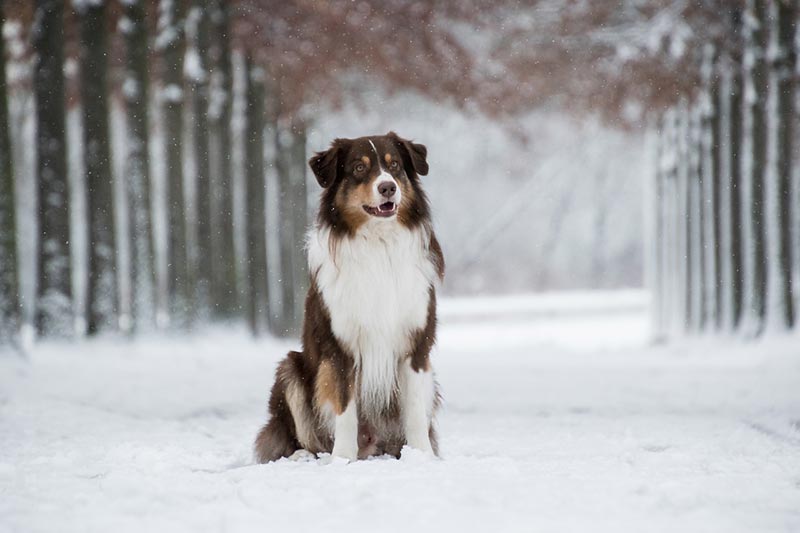
Temperament
The Australian Shepherd has a keen intelligence and an outgoing demeanor. Their friendly personalities make them a great fit for families with children and other pets, especially when introduced from a young age.
They are herding dogs, and their instincts remain strong. Aussie owners should expect herding behaviors to show through when they interact with people and other animals. Unless they will be herding livestock, it is a good idea to try and train this out of them at an early age.
These dogs are incredibly energetic and natural workers, so they need to keep their minds and bodies busy. While they are very loyal and loving to their family, they are a bit more reserved with strangers. They are frequent barkers with a bit of a protective nature. They will happily sound the alarm if anything is out of the ordinary.
Aussies are sometimes referred to as velcro dogs. They are social and enjoy having company at all times. This is not a breed that does well when left alone; it can spark anxiety and destructive behaviors.
 Caring for an Aussie
Caring for an Aussie
Dietary Needs
As with any dog, an Australian Shepherd should be fed a premium quality diet that is appropriate to their age, size, and activity level. You can choose from dry kibble, canned food, freeze-dried, raw, and fresh food varieties.
If you ever have any questions regarding your specific dog’s dietary requirements, it’s best to discuss it directly with their veterinarian, who is familiar with their health status and individual needs.
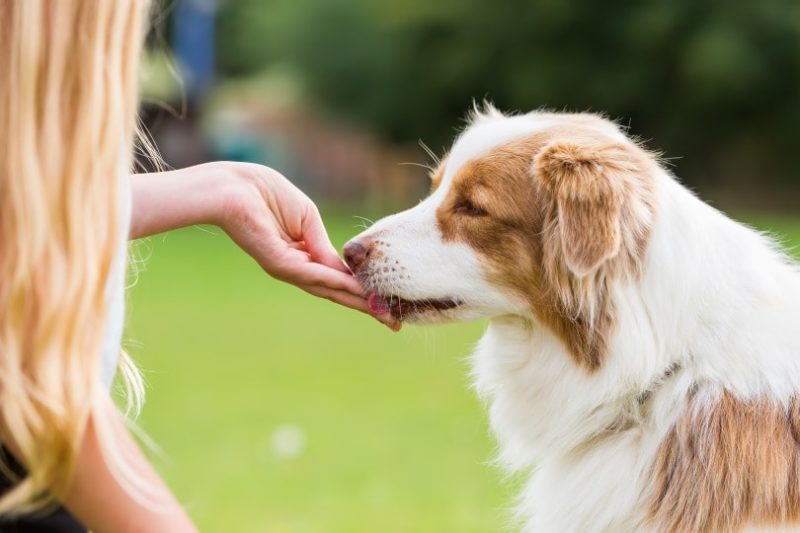
Exercise Requirements
The Australian Shepherd is going to have more extensive exercise needs than other breeds. They are full of energy and athleticism and will require 2 hours or more of daily exercise. There are plenty of energy outlets they’ll enjoy including agility, fetch, frisbee, running, jogging, and many other intense outdoor games.
This breed enjoys being on the move and will be best suited for homes with lots of space to run and play. They’re great for farms, open country, or homes with large fenced-in yards. They can adapt to smaller living environments but owners would need to dedicate time to ensure they get their needed physical activity.
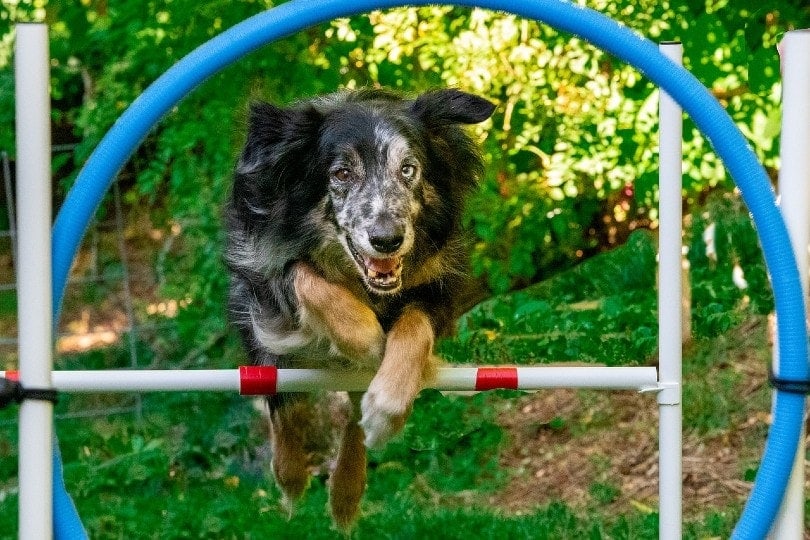
Grooming
Since Aussies have dense undercoats, it’s a good idea to get on a regular brushing routine to prevent excess hair in the house. Like all breeds with a double coat, they shed a lot and are considered one of the most heavily shedding dog breeds.
They can be bathed as needed and it’s a good idea to keep up with regular nail trimming. Make sure to start trimming their nails at an early age to get them comfortable with the process. You should also check their ears for any dirt or debris and wipe them clean if need be.
Training
Australian Shepherds can be quite easy to train because of their intelligence and eagerness to learn. They do require a confident and firm leader since they can be quite strong-willed and stubborn. As soon as a puppy is brought home, basic obedience and socialization should begin immediately.
Potty training and crate training are also essentials for young puppies. These dogs pick up easily on training, but you must remain consistent and exercise patience for the best success. Make sure to use positive reinforcement training and incorporate physical and mental exercise into training regimens.
When working on commands, keep the session to 15 minutes or less to prevent them from becoming easily bored or distracted. Once your Aussie masters the basics, you can move on to more complex tricks and commands and even begin agility training if you prefer.
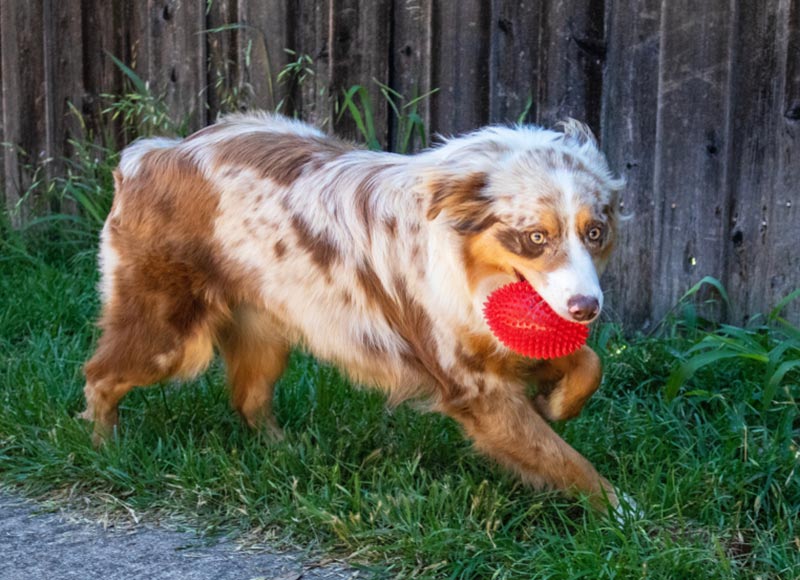
Tips for Brand New Australian Shepherd Owners
Find a Veterinarian
Before you bring home a new puppy or dog, make sure to have a veterinarian in mind. Get some information from family or friends nearby that own dogs and see if they have any recommendations. If not, take a look at the clinics in your area as well as the reviews. You will need to get established with your chosen vet as soon as possible.
Prevent Jumping and Herding Behaviors Early
Two behaviors that can be very problematic are jumping up on people to greet them and attempting to herd anyone and everyone. As soon as your puppy is brought home, correct these behaviors and train them properly so that they don’t carry these habits into adulthood.
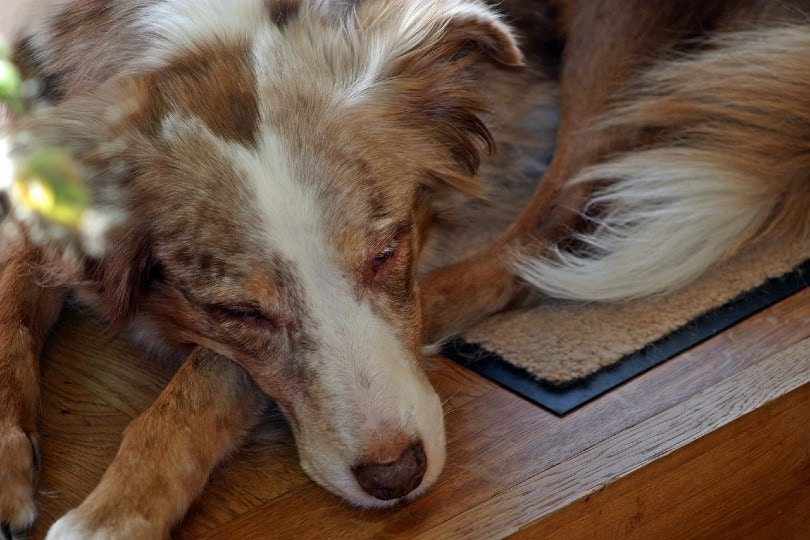
Reward Successful Training
When you are successful during training, make sure to reward your Aussie with a treat, lots of praise, and positive reinforcement. This builds their confidence and makes them excited to repeat the behaviors you are teaching. It will not only make them look forward to training but much more receptive to learning new things.
Get on a Routine and Be Consistent
When you get a new dog, your life changes drastically. The best way to ensure potty training is successful and your dog adapts easily to your lifestyle is by getting them on a specific routine. Set aside certain times during the day for feeding, potty breaks, training, exercise, and bedtime.
Be Prepared to Exercise
You are getting an Australian Shepherd, so you need to be prepared to meet their needs, which means you will need to be active too. This breed is not ideal for couch potatoes or those that don’t have a lot of time to dedicate to their dogs. Set aside enough time every day to make sure they are getting their needed mental and physical stimulation through physical activity and challenging games.
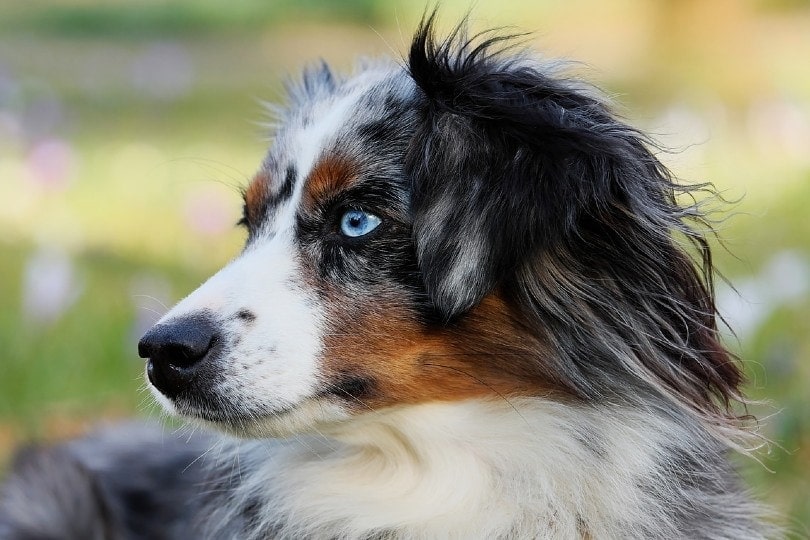
Socialize Them Early
Early socialization is key to having a well-rounded, well-mannered dog. You want your dog to get used to being exposed to a variety of situations, people, and animals. The only way to help them adapt is by consistent exposure starting at an early age. This can help prevent your dog from becoming reactive or overprotective.
Do Not Leave Them Alone for Long Periods
Aussies are prone to separation anxiety and should not be left alone for long periods. They are very social dogs that thrive on companionship. If they do not have another dog as company, they should have a lifestyle where they aren’t left crated or alone in the house for extended periods. Severe separation anxiety can result in destructive behaviors, which can be difficult to correct.
Be Patient
Make sure that you are prepared to exercise patience with your new Aussie. These dogs can be a lot to handle at times, which is why they are recommended for more experienced dog owners that are familiar with their needs. Patience is very important for any dog owner and the early days are some of the most challenging.
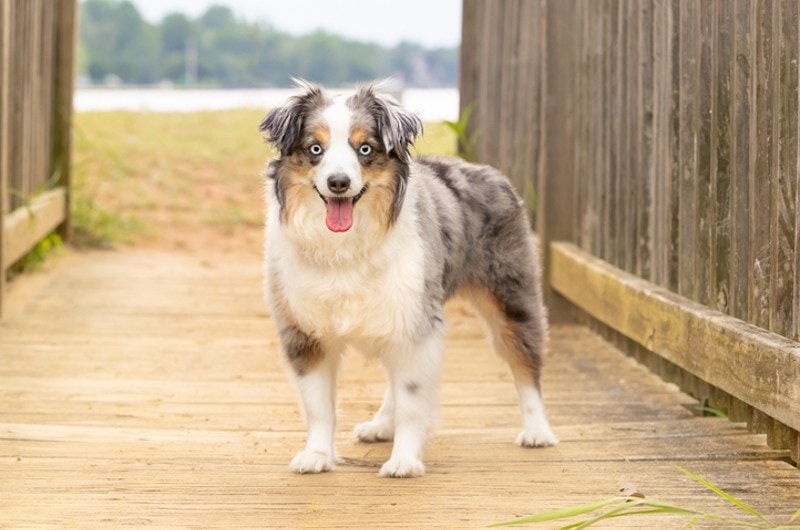
Don’t Hesitate to Contact a Professional Trainer
If you’ve found yourself exhausted and defeated by problems that are occurring with your new dog, don’t hesitate to reach out to a dog trainer for assistance. These people have a lot of knowledge and experience and can work with you and your dog to reach your goals.
 Conclusion
Conclusion
If you are a first-time dog owner and your heart is set on an Aussie, you will need to prepare for a very active, energetic dog that will put you to the test and require extensive amounts of exercise and training. If you are committed to the process and up for the challenge, you could end up with a wonderful, lifelong companion and workout buddy.
See also:
Featured Image Credit: Fluff Media, Shutterstock

